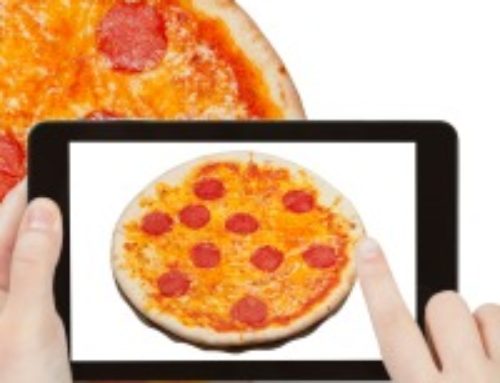 Whether it’s a mobile wallet, merchant branded app or host-card emulation, mobile payments have seen a surge in growth over the last year. While Google Wallet may have started the trend allowing consumers to store various credit cards in a centralized location on their smartphone, Apple Pay made it easier than ever to utilize a tap-to-pay function at checkout.
Whether it’s a mobile wallet, merchant branded app or host-card emulation, mobile payments have seen a surge in growth over the last year. While Google Wallet may have started the trend allowing consumers to store various credit cards in a centralized location on their smartphone, Apple Pay made it easier than ever to utilize a tap-to-pay function at checkout.
Soon after, other similar mobile wallets emerged, including Android Pay and Samsung Pay offering the ease to pay even if you did not own an Apple product. Those we also followed by merchant branded apps, which had more functionality than simply holding credit card information. Starbucks has been a pioneer in leveraging their app to include a payment feature. Now, Capital One will be the first bank to jump in and offer a tap-to-pay option from their app.
Mobile Wallets
Apple Pay, while not the pioneer in this field, made the mobile wallet popular. Currently occupying more than 50% of the mobile payment market share, Apple Pay made consumers more familiar with using tap-to-pay to make purchases. This led the way for competitors like Android Pay and Samsung Pay offer similar services for those users who were not on iOS.
Merchant-Branded Apps
But mobile wallets have only so much functionality. Instead, we are seeing a rise in merchant branded-apps that not only permit users to make purchases but present an entire omnichannel branded experience to consumers. This keeps consumers brand loyal and gives them the freedom to use uploaded gift and reward cards as well. Starbucks’s app is a triumphant case study for this.
Banks Using Tap-to-Pay
Consumers have long trusted mobile banking apps, so it seems only natural that banks should join the mobile payment field. Capital One will be the first to attempt this with a tap-to-pay feature as part of their existing app. Consumer confidence aside, Capital One will be able to gain an even larger market share by reducing the mobile payment layers and going directly to the source.
With all of these options, we will be watching to see which ones garner the most consumer buy-in to be declared a success. There is still much work to be done on the digital infrastructure plus educating consumers about the best options for them.
Need help making sense of this for your bank or credit union? Contact us.






